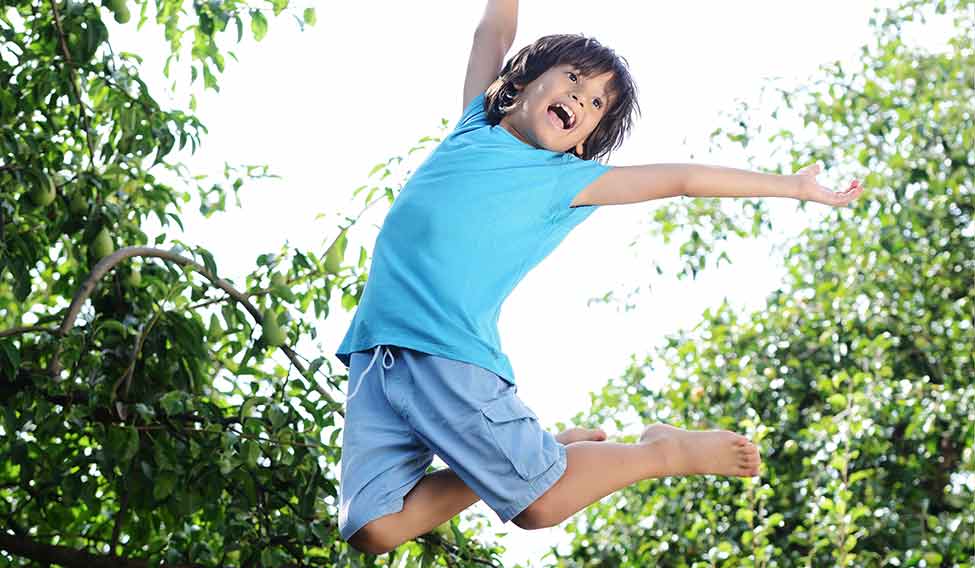I sat with an older, photographer friend one day in her studio, when her 12-year-old daughter called. The child had returned from school and was running a temperature. "Is it high?" her mother asked of the fever. The girl said it wasn't. "All right, lounge around for a bit and take it easy," my friend pleasantly instructed her daughter over the phone.
I began to gather my things to leave. "I guess you will have to leave, you must be worried," I said to her. "Sit," she said. "I am not worried. Children are like plants," she said, explaining her calmness. "You attend to their basic needs and let them sprout and grow without over-tending them."
Though I have heard this analogy several times since then, I was in college at the time and found her approach to parenting not only novel, but also powerful. The imprint of a child as a plant has stuck in my mind's eye, only to be reaffirmed, in myriad ways and dimensions, over the years.
The seed
The science of genetics tells us we are born with a certain code. Genes and heredity pre-programme us to become what we do. This is true of all kingdoms and species. It determines the form and primary instincts of each living being—plant, insect, mammal, reptile, fungi or bacteria.
Every being, therefore, comes metaphorically as a seed with its own genetic information. Yet, even for two seeds that are very alike, the grade and share of its determining factors may differ. These include primarily water and sunshine, and the ground they sprout in.
Water and warmth
As a metaphor for a child-seed, water stands for active parenting—how often and how well do we address the essential needs of our children. Watering the seed denotes our tending to them when needed. Water is feminine in essence, in Indian philosophical thought, for its ability to nourish and enliven. Nothing would move without water, neither would life exist.
Warmth or light of the sun is the love and lightness we imbue them with. Children learn the value of love, with it or from a lack of it, from their parents. Love empowers them to trust and choose life over things that may destroy them.
The ground
Perhaps, the most crucial of all elements, the ground of the seed-child, is the family environment he or she is born in. The environment should provide stability and a sense of rootedness.
It should be neither too acidic (too sour or stressed) nor overly alkaline (too sweet). If it is extreme in enforcing discipline, it will be too dry. Things that grow here would be weak or harsh.
If, on the other hand, it is excessively fluid and disorderly, it would take exceptional ability to rise above it, just as the lotus rises to bloom over its shifting, sandy soil and murky water. Those instances are rare. The ground for a child-seed should, thus, be firm for it to be safe.
A child's greatest attribute is innocence—light and laughter in its pure form. To protect them from abuse is a parent's primal charge. When the ground to the seed is sound and safe, we give our children a chance to experience innocence, as we allow ourselves to live it, once again, through them.







